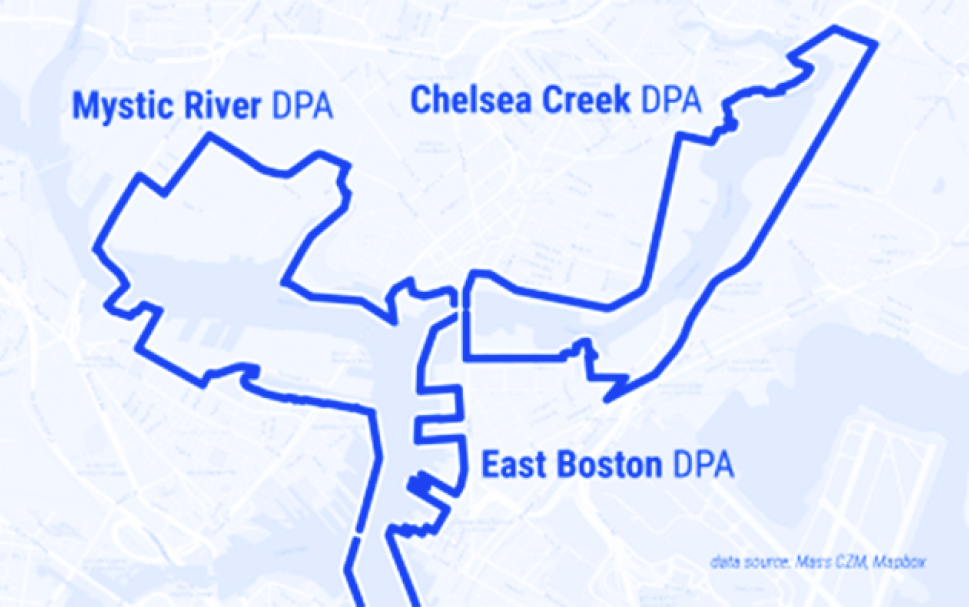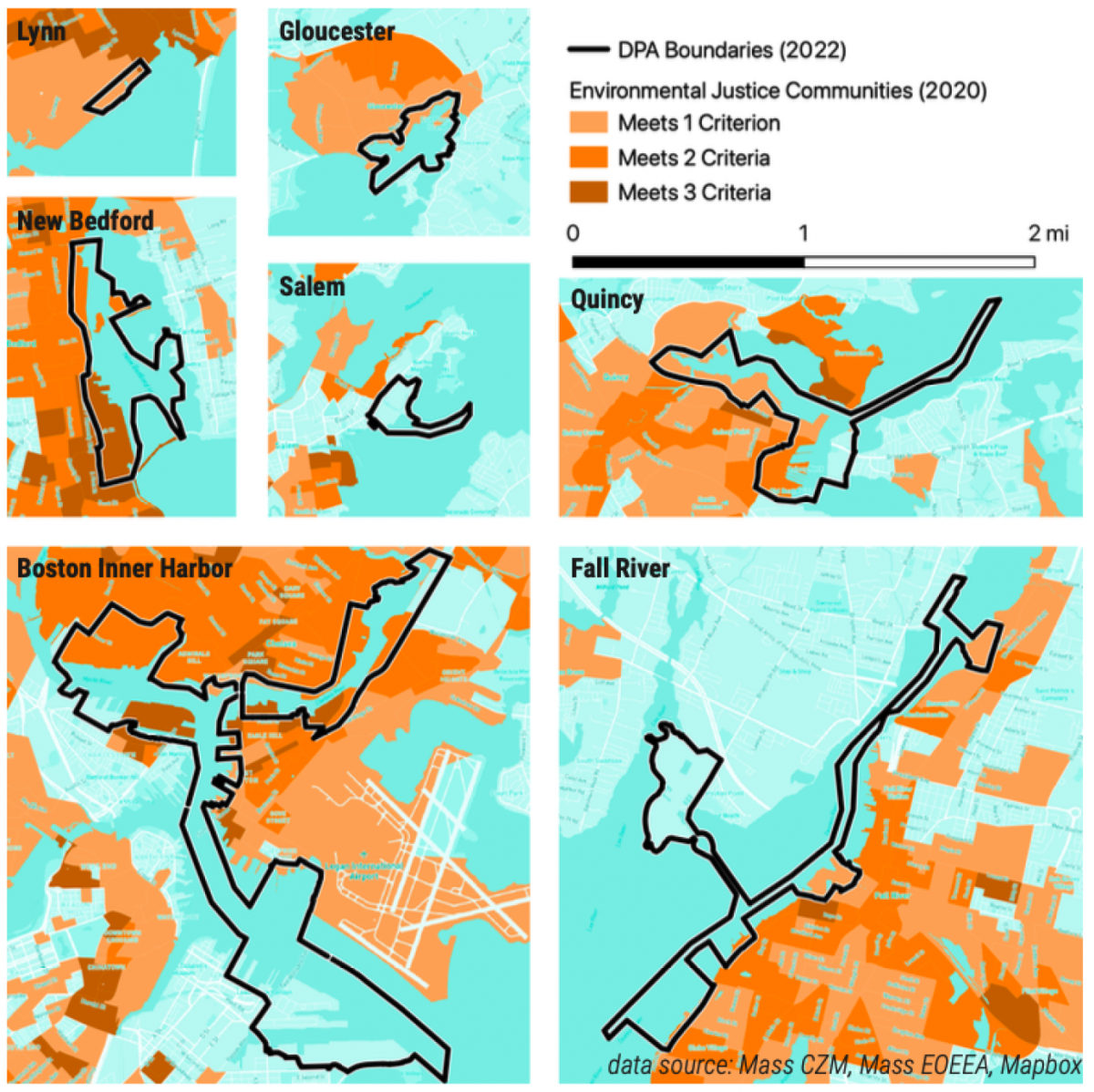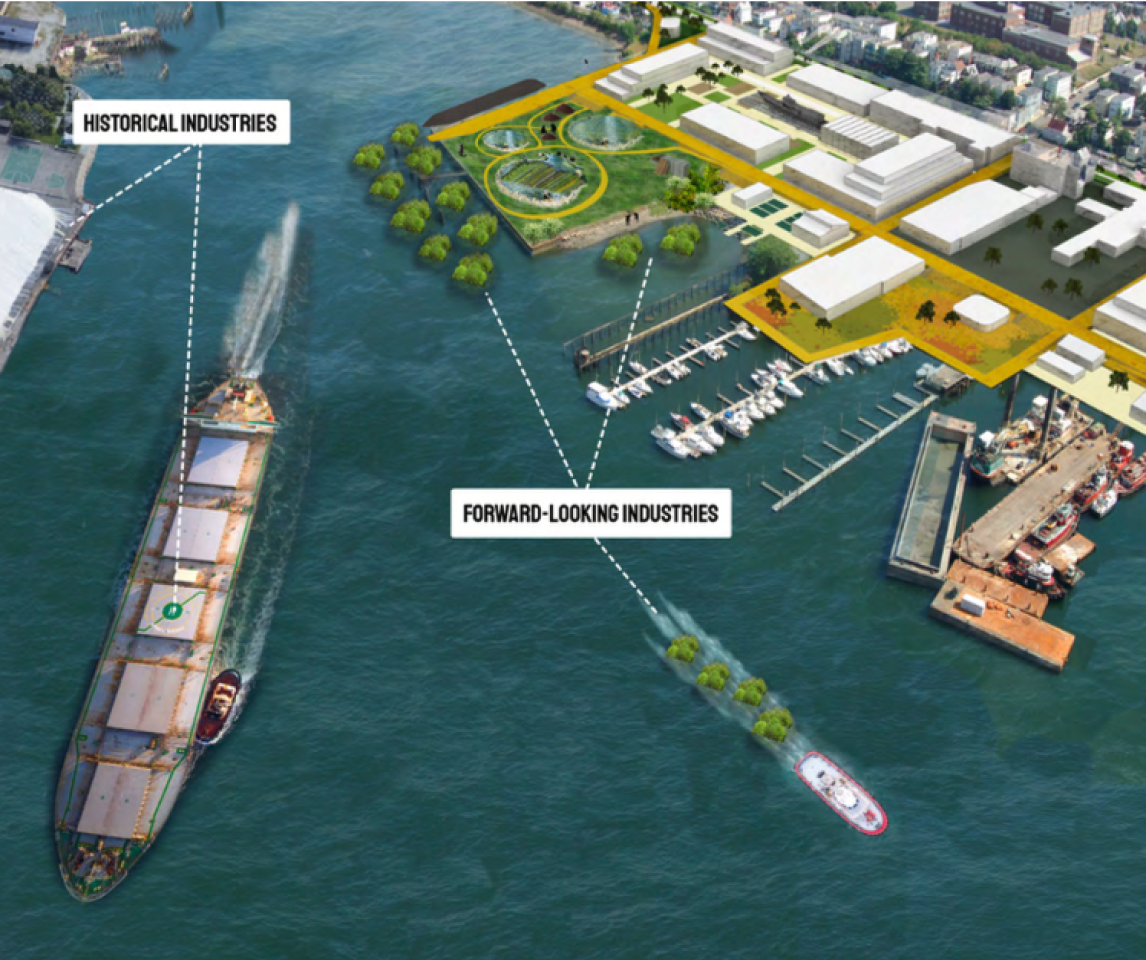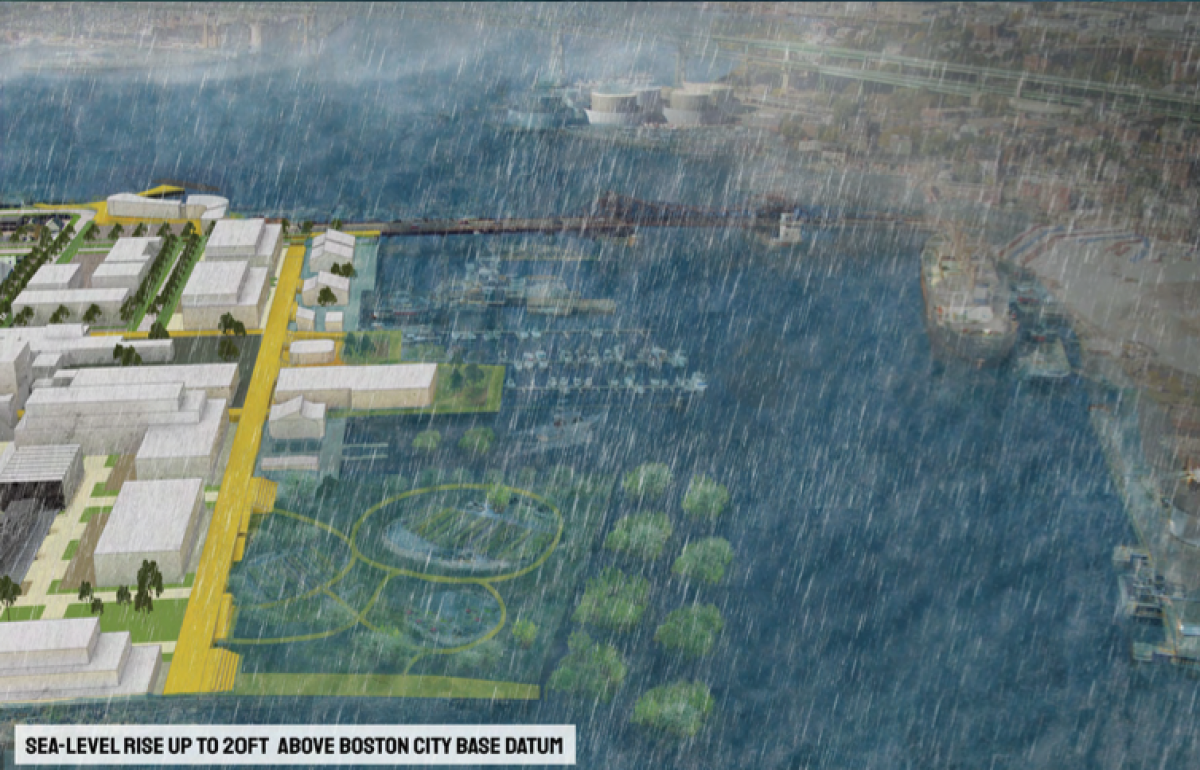




DESIGNATED PORT AREA (DPA) TOOLKIT
Collaboration between local residents, the municipality, mission-driven developers, and industry, can transform DPAs from disinvested, contaminated, and partially abandoned sites into clean, adaptable sites for blue jobs and environmental justice. The following toolkit contains strategies to inform that collaboration, and a possible Municipal Harbor Plan, with the hope that DPAs can become future community assets.

LEVERAGING DPAs for ENVIRONMENTAL JUSTICE

History & Current Conditions
In 1972, the United States Congress passed the Coastal Zone Management Act, a national policy, to help protect the nation’s coastal environment from the development pressures associated with residential, recreational, commercial, and industrial uses.2 In 1978, the Commonwealth of Massachusetts established the Office of Coastal Zone Management (CZM) to help articulate priorities for the protection and management of coastal habitats, ocean resources, ports, water access and quality.3 CZM established the Designated Port Area (DPA) policy as means to help achieve coastal-zone priorities at both a state and national level.
There are two central principles that drive the DPA policy: (1) to promote water-dependent industries as critical to the state’s economy; and (2) to prevent the further degradation and loss of healthy coastal ecosystems by preserving areas that have certain key characteristics that make them well suited to water-dependent industrial uses. This strategy rests on the idea that dredged coastal areas with ports, wharves, and bulkheads are a rare and finite resource, and therefore, developers should not be able to convert them into areas with incompatible residential, commercial, and recreational uses.
Methods
We analyzed DPAs based on their benefits and constraints to help advocates assess how to design valuable programs in these waterfront zones.
Benefits include: preserving maritime heritage, economic development, maintaining available waterfront land, and protecting healthy ecosystems. Constraints include: environmental injustice, conflict with public waterfront access, flooding risk, and abandoned land.
These considerations informed our forward-looking DPA strategies for East Boston.


Site Planning Process
It is possible to break with the history of environmental injustice that comes with industry. Waterfront industry, in particular, presents an opportunity to provide local economic development alongside coastal resilience and community-serving uses. Through comprehensive design strategies, strategic planning, and deep engagement with local residents, a port area can serve not just its region, but its neighborhood.
When it comes to DPAs, municipalities don’t have to choose between regional and local interests. A new or amended Municipal Harbor Plan can bring these seemingly disparate interests closer together, codifying a community vision for clean maritime industry that includes economic and environmental benefits for the people living closest to industrial sites. Municipal Harbor Plans, upon state approval, can strengthen the municipality’s enforcement ability and improve public accountability mechanisms. In East Boston, the City of Boston has committed to undertaking a municipal harbor planning process, which will be shaped by a current planning initiative called PLAN: East Boston.12 Through these forward-looking plans, the DPA regulations themselves can start to accommodate a broader vision for Massachusetts ports areas.
Site Plan

